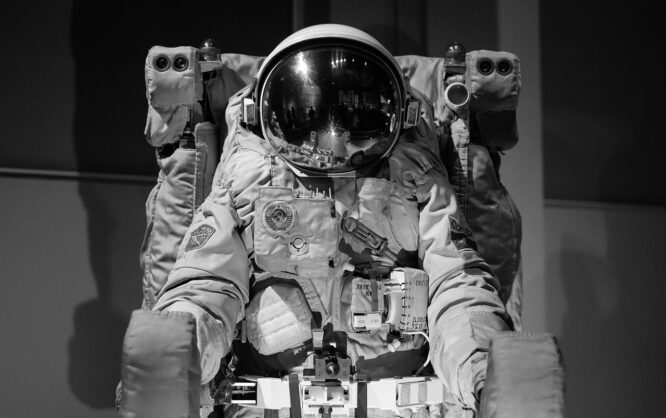AI-Robots Are An Astronaut’s Best Friend

In Tom Hanks’ iconic movie, “Cast Away,” Hanks tries to hold onto his sanity by talking to his volleyball friend he named Wilson. But as we enter the space age, Wilson's getting a high-tech makeover. Crew Interactive mobile companion, or CIMON, is a floating basketball-sized computer companion which speech and voice recognition abilities make it the perfect AI-assistant.
CIMON has a wide range of useful qualities like being able to deliver voice-controlled access to reference materials, convey instructions for repairs, document experiments, and even play music.
The mobile companion doesn’t process commands on its own. Instead, it interacts through IBM’s Watson Tone Analyzer, a ground-based computer system. Through Watson, CIMON can not only understand the context of a question, but also the intentions behind it.
New qualities like these are extremely useful. Before voice-command technology, astronauts would have to float to a laptop and search for the procedure. This costs astronauts unnecessary time which will now be saved by CIMON’s quick response time. After being given a command, CIMON can respond within seconds.
Not every great invention comes without a prototype. CIMON is the second of his kind. Till Eisenberg, Airbus’ project manager for CIMON, stated that “CIMON-2 has more sensitive microphones and a more advanced sense of orientation.”
Eisenberg continued, “The AI capabilities and stability of the complex software applications have also been substantially improved.”
Although CIMON has helpful features now, it still needs some improvement in order to be as functional as AI-assistants in popular space fiction movies. European Space Agency’s Astronaut Centre spokesman, Marco Trovatello, stated in an interview with Space.com that, “CIMON is not yet a fully-fledged AI crewmember like the film “Interstellar’s” TARS or the famous HAL 9000 from Stanley Kubrick’s iconic movie “2001: A Space Odyssey.”
Trovatello continued, “CIMON is rather a first step, designed to test what future human-robot interaction in space might look like.”
With a team of about 50 members working on CIMON since 2016, this AI-assistant is making life for astronauts easier than ever before.
For more articles like this, check out Fyresite.com/blog
